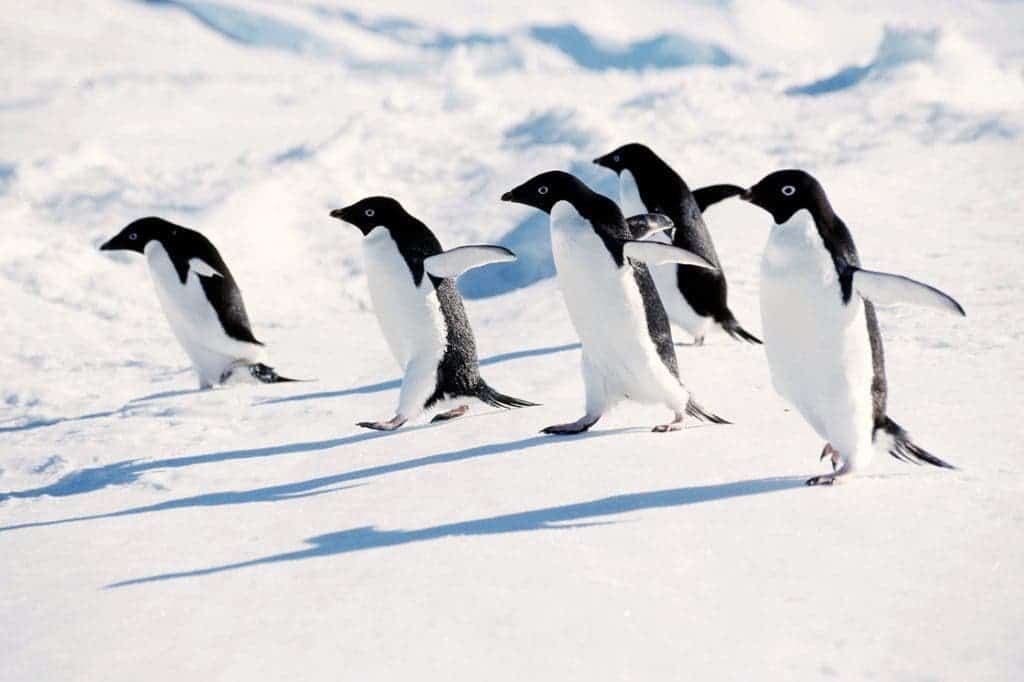
It’s so cold even penguins get the flu in the Antarctic. Seriously, researchers report in a paper published in the journal mBio how they identified a new strain of influenza that infects Adelie penguins which breed in huge colonies on the rocky Antarctic Peninsula. The virus itself seems to be dormant as the penguins don’t exhibit any visible flu symptoms, yet the findings do raise important questions like how influenza spreads over the world in extremely isolated regions such as the Antarctic.
Bird flu strikes penguins
Researchers at a World Health Organization flu lab in Australia, led by Aeron Hurt, trekked down to the Antarctic Peninsula a year ago and collected oral samples from two distinct colonies. Using a laboratory technique called real-time reverse transcription-PCR, the researchers found avian influenza virus (AIV) genetic material in 3 percent of the samples.
[NOW READ] Climate change causes penguin colonies to decline by a third
The researchers managed to culture four viruses, demonstrating that live infectious virus was present. All of these were H11N2 influenza viruses that were highly similar to each other, yet when their genomes were compared with those from a database spanning all known animal and human influenzas there was nothing quite alike on the planet. Apparently, this penguin influenza is unique.
This suggests that it has been isolated for many decades — presumably hiding out in the penguins’ digestive and respiratory tracts, or possibly frozen in Antarctic ice. So where did they come from and in Antarctica of all places?
[ALSO READ] Dutch researchers create super-influenza, with the capacity to kill billions
Four of the gene segments were most closely related to North American avian lineage viruses from the 1960s to 1980s. Two genes showed a distant relationship to a large number of South American AIVs from Chile, Argentina and Brazil. Using a molecular clock to incorporate the evolutionary rate of each AIV gene segment, the researchers estimated that the virus has been evolving for the past 49 to 80 years without anyone knowing about it.
Concerning this South American connection, it may be possible that long distance migratory birds are the root of the virus’ spreading. The yellow-billed pintail duck, for instance, is known to stray from South America and end up on the Antarctic Peninsula. This coupled with penguins’ utter contempt for hygiene, despite their tuxedo, fancy-like appearance, may have helped spread the virus.
“The large amount of penguin feces in colonies during summer, which in some cases is so significant it can be observed on satellite images, presumably facilitates (viral) transmission by the fecal-oral route,” the scientists note.
While the penguin influenza hasn’t caused any illness yet, it’s still interesting to follow. Scientists might gather from this how often, for instance, infectious viruses can reach isolated communities and far away places like Antarctica and what animals are most vulnerable.






